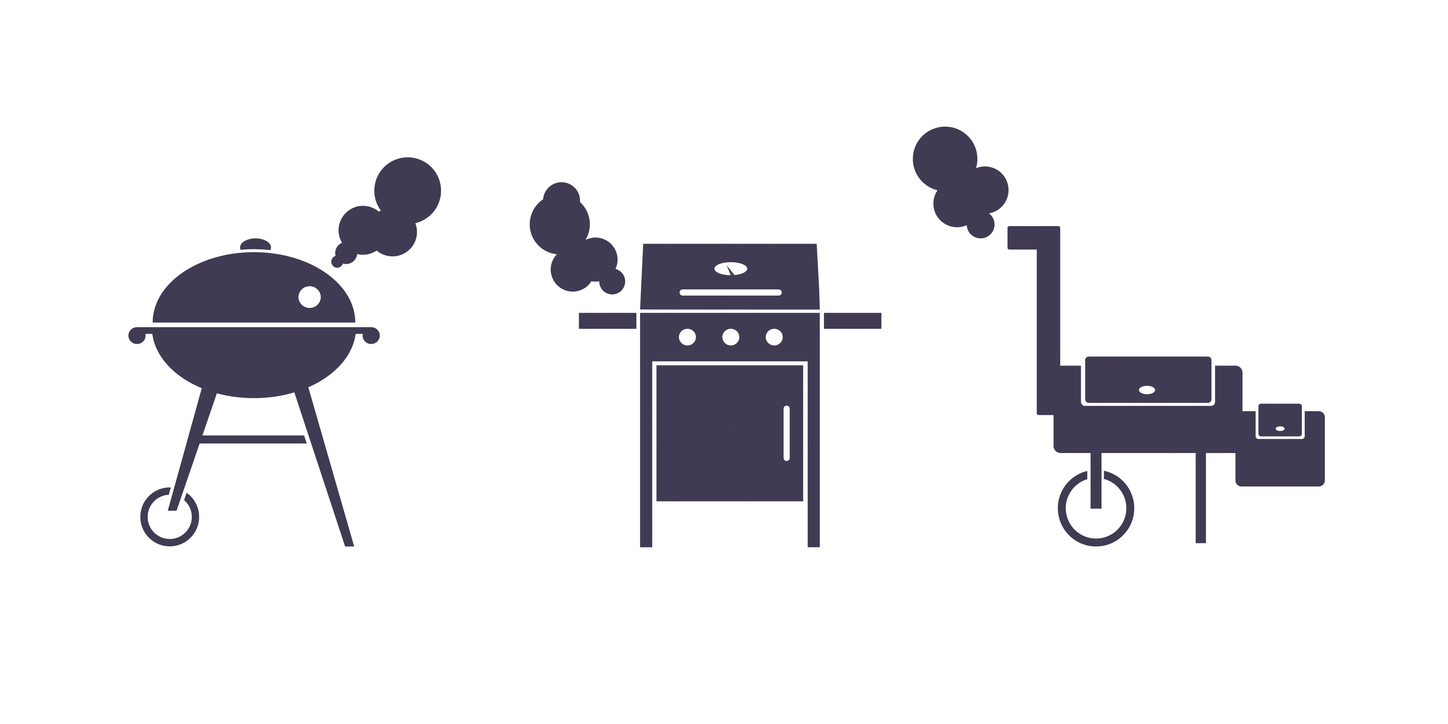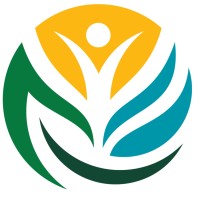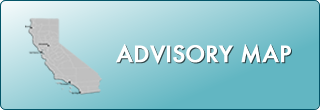
PAHs in Fish and Shellfish
What are PAHs?
- PAHs (Polycyclic aromatic hydrocarbons):

- occur naturally in coal and crude oil;
- are formed when materials like gasoline, diesel, tobacco, and wood are burned;
- are formed when foods are grilled, barbecued, smoked, fried, or roasted.
- PAHs are the chemicals most likely to accumulate in seafood after an oil spill into water.
- Oil spills can occur as a result of accidents involving boats, pipelines, offshore oil platforms, and even vehicles or aircraft that crash into waterways.
- Exposure to PAHs may occur:
- when breathing in the smoke or vehicle exhaust;
- when consuming food that is grilled, barbecued, smoked, fried, or roasted;
- when consuming seafood that accumulated PAHs following an oil spill.
What is the health concern for humans?

- Exposure to PAHs in air may contribute to asthma, bronchitis, and other respiratory problems.
- Several PAHs, such as benzo[a]pyrene, can cause cancer.
- Other PAHs may cause “taint” – a disagreeable flavor or odor not typical of the seafood itself.
Should I still eat fish?
- Yes! Low-contaminant fish are an important part of a well-balanced diet.
- Fish are a good source of protein and vitamins, and a primary source of heart-healthy omega-3 fatty acids.
- Eating two servings of fish per week is good for you, according to the American Heart Association.
- Eating low-contaminant fish during pregnancy is beneficial for your baby’s brain development.
If an oil spill occurs, which seafood species are more likely to accumulate PAHs?

How can I reduce my risk?
- Even if an area is open to fishing and shellfish harvesting, the Office of Environmental Health Hazard Assessment (OEHHA) always advises people to:
- avoid fishing in areas where there is a visible sheen on the water;
- avoid eating seafood that smells like oil.
- If you catch your own fish, follow the OEHHA fish advisories for California water bodies.
- Trim the fat, remove the skin, and fillet the fish before cooking. Eat only the skinless fillet (meat). Do not use the fat, skin, organs, juices, or the whole fish or shellfish, in soups and stews.
- For crab and lobster, remove the internal organs (“guts,” “butter,” or “tomalley”), and rinse out the body cavity before cooking.
- Limit eating grilled, barbecued, smoked, fried, or roasted food. Cook your fish and shellfish by steaming, boiling, or poaching, and discard the cooking juices.

Where can I learn more?
Documents
Fish, Incident Response, Seafood Safety, and Harmful Algal Bloom Section
Sacramento Office
1001 I Street
Sacramento, CA 95814
Phone: (916) 324-7572
Fish@oehha.ca.gov

